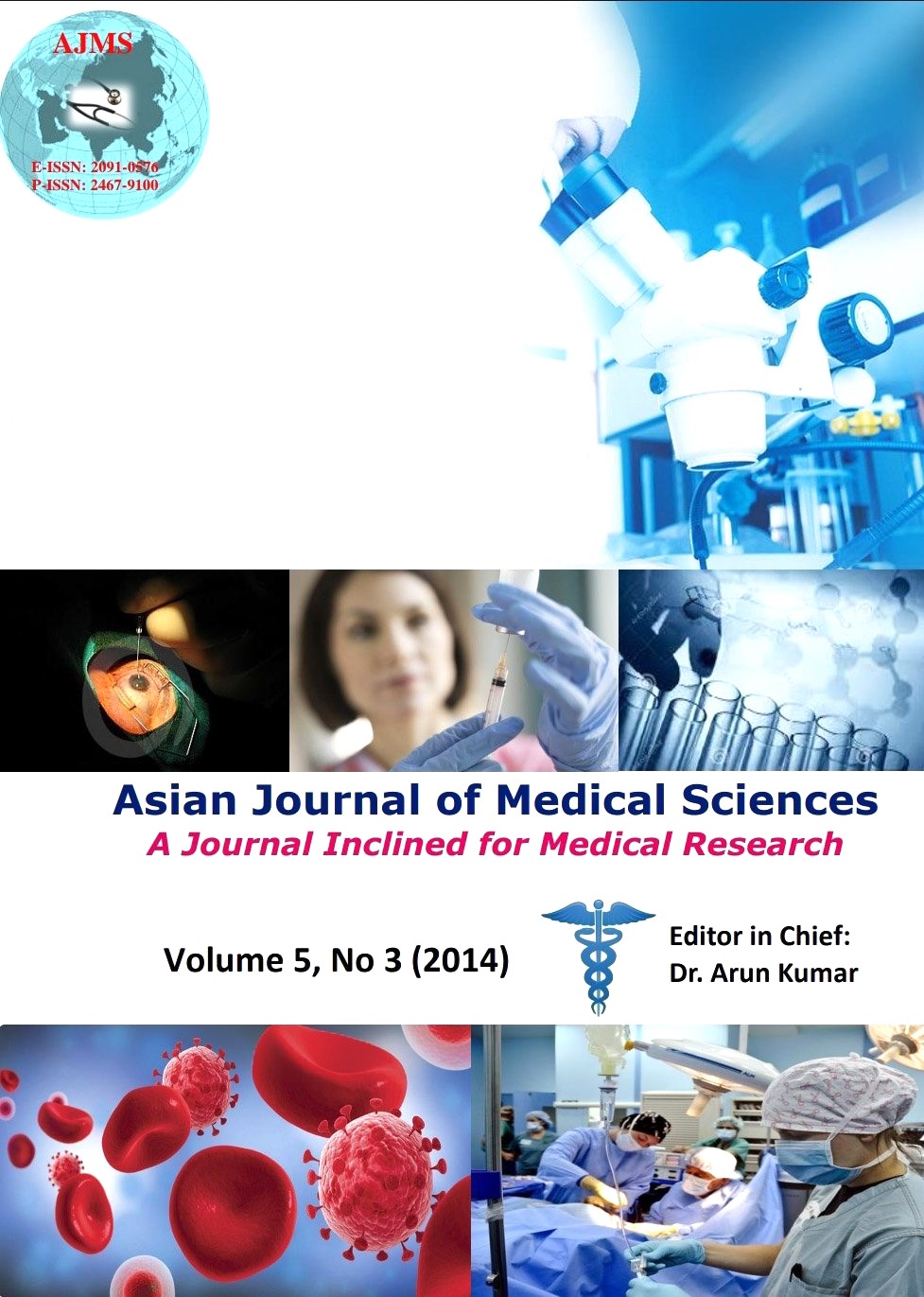Comparison of efficacy of add-on therapy of vildagliptin versus pioglitazone among Type 2 Diabetes Mellitus patients inadequately controlled on dual therapy of metformin plus sulfonylurea
Keywords:
pioglitazone, vildagliptin, glycosylated hemoglobinAbstract
Objectives: To compare the efficacy of add on therapy of Vildagliptin versus Pioglitazone among Type 2 Diabetes Mellitus patients inadequately controlled on dual therapy of metformin and sulfonylureas.
Methods: This was an open label prospective non randomized trial conducted on 50 patients attending Endocrinology Outpatient Department in a tertiary care hospital. Patients with type 2 Diabetes Mellitus (Type 2 DM) with age between 30 to 70 years of either gender, on dual oral anti-diabetic treatment (Metformin + Sulfonylurea) for at least last 3 months; HbA1c >7% and < 11%, BMI >25 kg/m2, were included. Group I patients were started on pioglitazone (30 mg once daily) and those in group II started on vildagliptin (50 mg twice daily), in addition to their earlier treatment of metformin and sulfonylurea. Primary end point was change in HbA1c levels after 12 weeks from baseline and secondary outcomes were change from baseline in fasting plasma glucose (FPG) levels and percentage of patients with endpoint HbA1c < 7% at 12 weeks.
Results: A significant fall in HbA1c levels was seen in both the groups after 12 weeks of treatment with metformin, sulfonylureas and pioglitazone/ vildagliptin (p<0.001), however the decrease in HbA1c levels at 12 weeks were not statistically different between the two groups (p = 0.16). Only four patients out of a total of 50, showed HbA1c <7% at 12 weeks, out of which three were from pioglitazone and one patient from vildagliptin group. The FPG and random plasma glucose levels also decreased significantly in both the groups (p < 0.001). No adverse effect was reported by the patients.
Conclusion: Both vildagliptin and pioglitazone provided additional HbA1c lowering to that achieved with metformin and sulfonylurea. Vildagliptin demonstrates similar efficacy and safety to pioglitazone when added to metformin and sulfonylureas for three months. The clinical study is registered with Clinical Trials Registry of India, no. CTRI/2013/04/003582.
Asian Journal of Medical Science, Volume-5(3) 2014: 77-81
Downloads
Downloads
Published
How to Cite
Issue
Section
License
Authors who publish with this journal agree to the following terms:
- The journal holds copyright and publishes the work under a Creative Commons CC-BY-NC license that permits use, distribution and reprduction in any medium, provided the original work is properly cited and is not used for commercial purposes. The journal should be recognised as the original publisher of this work.
- Authors are able to enter into separate, additional contractual arrangements for the non-exclusive distribution of the journal's published version of the work (e.g., post it to an institutional repository or publish it in a book), with an acknowledgement of its initial publication in this journal.
- Authors are permitted and encouraged to post their work online (e.g., in institutional repositories or on their website) prior to and during the submission process, as it can lead to productive exchanges, as well as earlier and greater citation of published work (See The Effect of Open Access).




